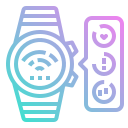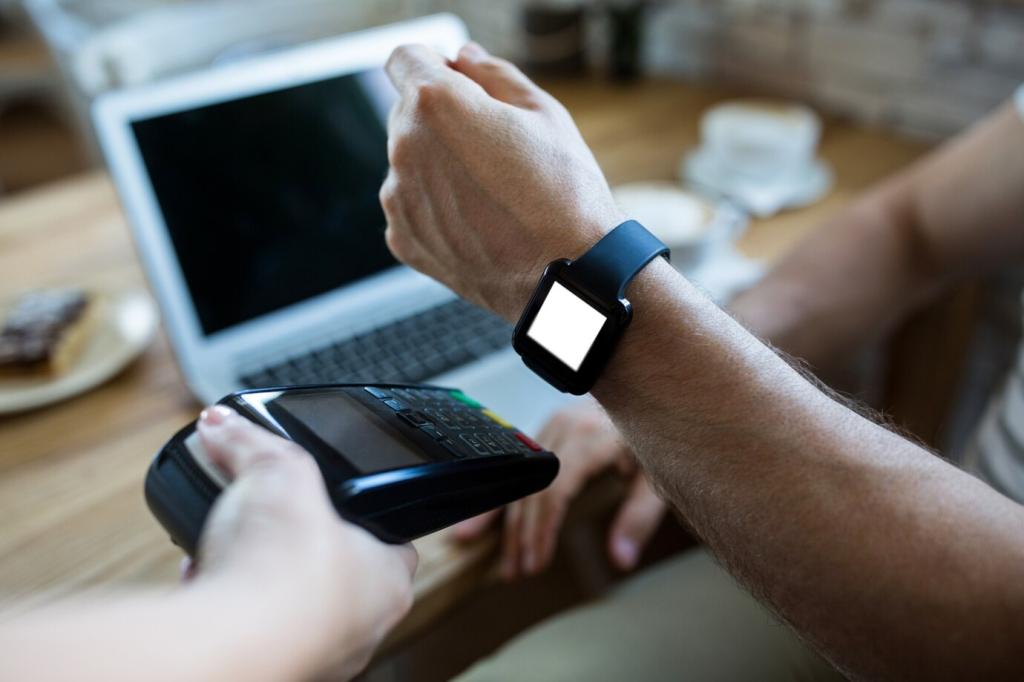
Sleep Smarter: Wearable AI for Sleep Tracking and Improvement
Chosen theme: Wearable AI for Sleep Tracking and Improvement. Welcome to a friendly, science‑savvy space where sensors, algorithms, and human stories come together to help you rest deeply, wake brighter, and share what works. Subscribe and join our conversation about practical, ethical, and genuinely helpful sleep tech.
How Wearable AI Understands Your Sleep
Modern wearables combine accelerometers, optical heart sensors for HRV, skin temperature, and sometimes SpO2 to map movement, arousal, and recovery. Together, these signals estimate sleep stages and disruptions, offering context for routines, stress, and environment-driven changes that quietly shape your nights and mornings.
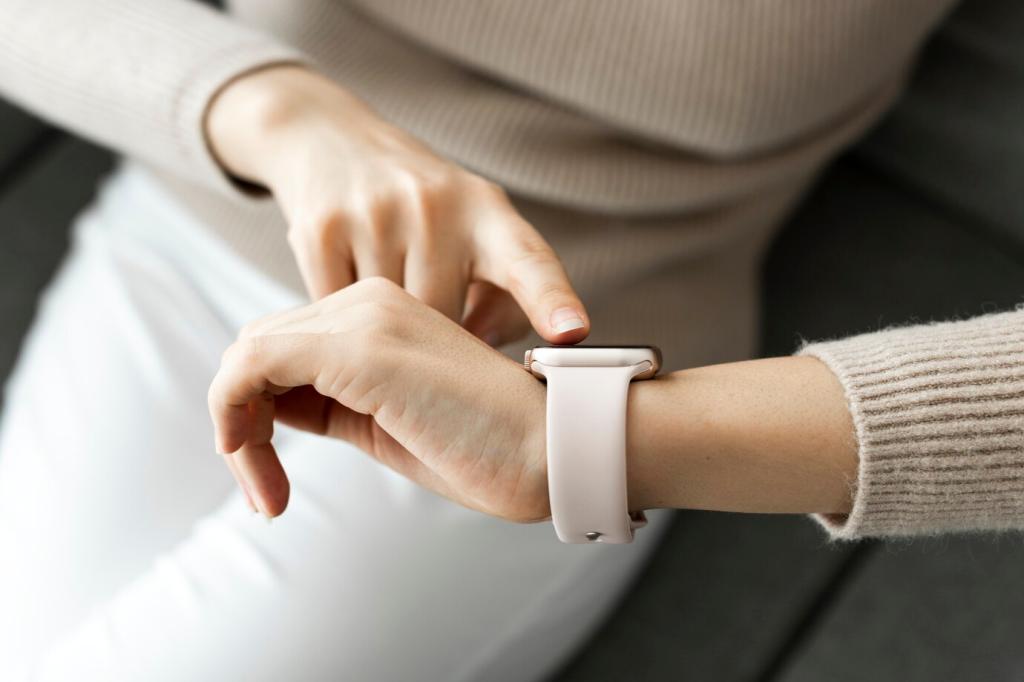
From Numbers to Better Nights
AI can nudge you toward an anchor bedtime by spotting your personal sweet window when latency is shortest. Gentle reminders, streaks, and realistic grace periods help you build rhythm without guilt. Share your ideal window, and we will discuss how to protect it from late screens and unpredictable evenings.
From Numbers to Better Nights
Your wearable sees when late workouts, heavy meals, or caffeine push HRV down and latency up. It can suggest small swaps—earlier stretching, dimmer lights, or a warm shower—to improve onset. Try one change for a week, comment with results, and refine the routine like an ongoing, friendly experiment.
From Numbers to Better Nights
Phase‑aware alarms use motion and cardiac microchanges to wake you closer to a lighter stage, reducing grogginess. Vibration alarms help partners sleep undisturbed. Pair this with consistent light exposure after waking, and report whether your morning energy or mood improved—your feedback makes the guidance sharper for everyone.
Privacy‑First Sleep Coaching
Look for explicit toggles to export, delete, or fully opt out of sharing. Strong platforms provide readable privacy policies, local controls, and granular consent. If you have questions about specific devices, ask in the comments—we compare defaults, workflows, and practical steps to keep sensitive health information truly yours.
Privacy‑First Sleep Coaching
Good implementations encrypt data at rest and in transit, rotate keys, and minimize raw access. On‑device processing reduces exposure by keeping sensitive streams local. If your wearable supports offline analysis, try it for a week and note whether insights changed—sometimes privacy and performance can improve together.
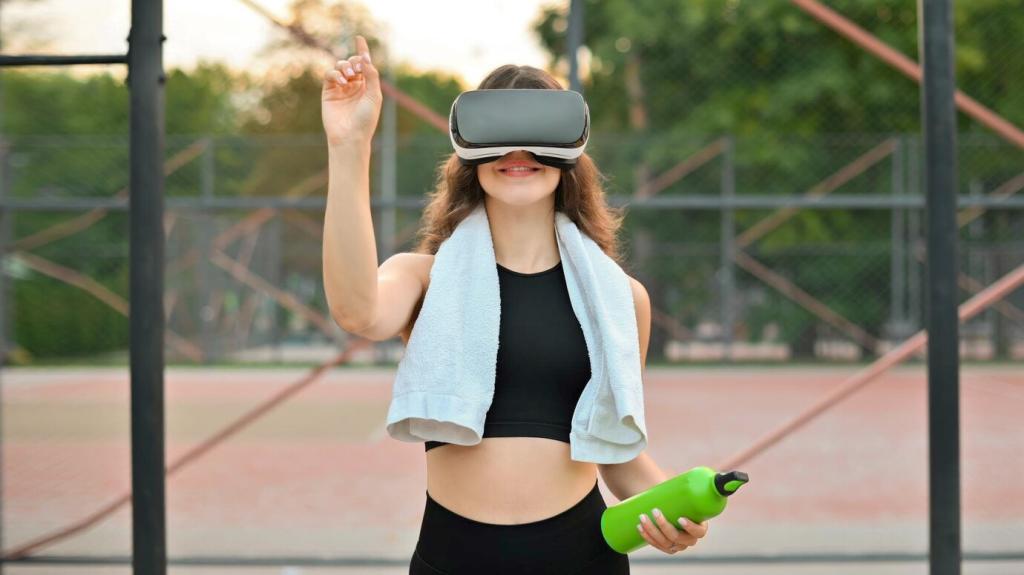
Real People, Real Rest
01
Training hard, Maya saw flat HRV and stubbornly short deep sleep. Her wearable flagged late caffeine and post‑9 p.m. intervals. She shifted intensity earlier, cut espresso after noon, and added a 10‑minute breath session before bed. Within three weeks, HRV rose, soreness dropped, and her long runs felt joyful again.
02
With unpredictable nights, Alex relied on micro‑naps and an AI‑nudged wind‑down that fit a chaotic schedule. Short daytime naps, cooler bedroom temperature, and gentle alarms stabilized mood despite fragmented sleep. Alex’s takeaway: control the controllable and celebrate tiny wins. Share yours so other parents feel less alone.
03
A night‑shift nurse, Jin used wearable prompts to anchor sleep after shifts, wearing blue‑light‑blocking glasses on the commute and exposing to bright light at wake. Consistent pre‑sleep meals and earplugs reduced latency. Over a month, recovery indices improved, proving progress is possible even when schedules feel upside‑down.
Prioritize reliable HRV, resting heart rate, temperature trends, and movement fidelity. SpO2 can flag possible breathing issues, but avoid self‑diagnosis. You want clean signals, transparent methods, and meaningful context over flashy dashboards. Tell us which sensors you value most, and we will compare real‑world performance.
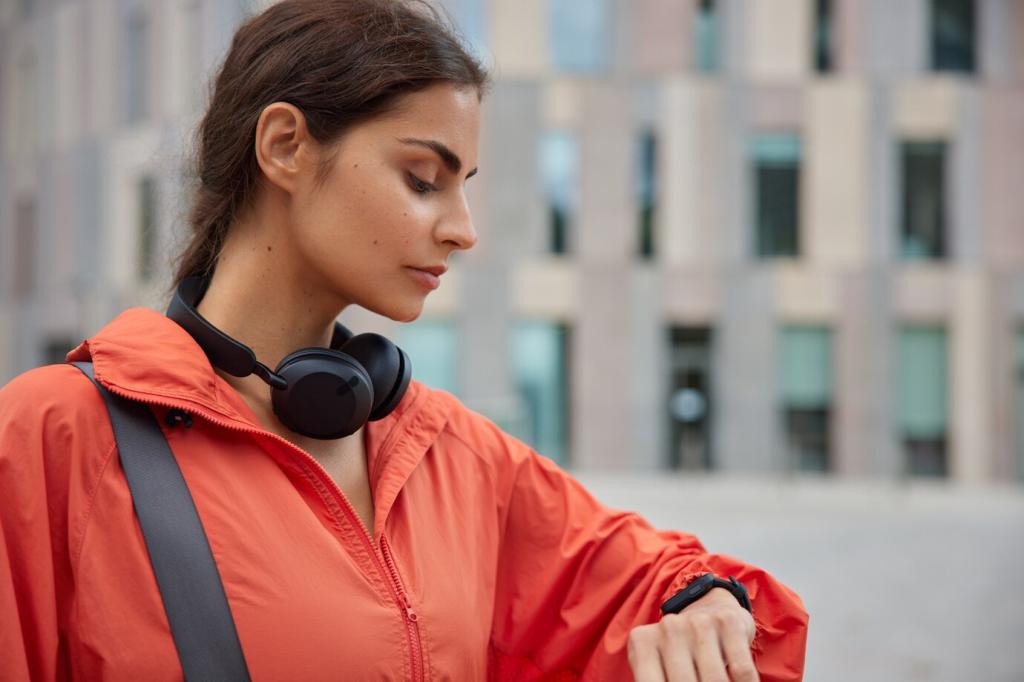
Beyond Tracking: Active Improvement via AI
Instead of repeating the same advice, adaptive models weigh your history, chronotype, stress, and schedule. They suggest realistic next steps, then measure results. Over time, the system learns what works for you. Share one habit you are testing this week, and we will explore how to track its impact.
Beyond Tracking: Active Improvement via AI
Gentle vibrations can pace slow breathing, lowering arousal before bed or after nighttime awakenings. Paired with dim screens and warmer light, it forms a calming loop. Try five minutes tonight, mark how quickly you drift, and report back—your notes help refine which techniques deserve a permanent place in routines.
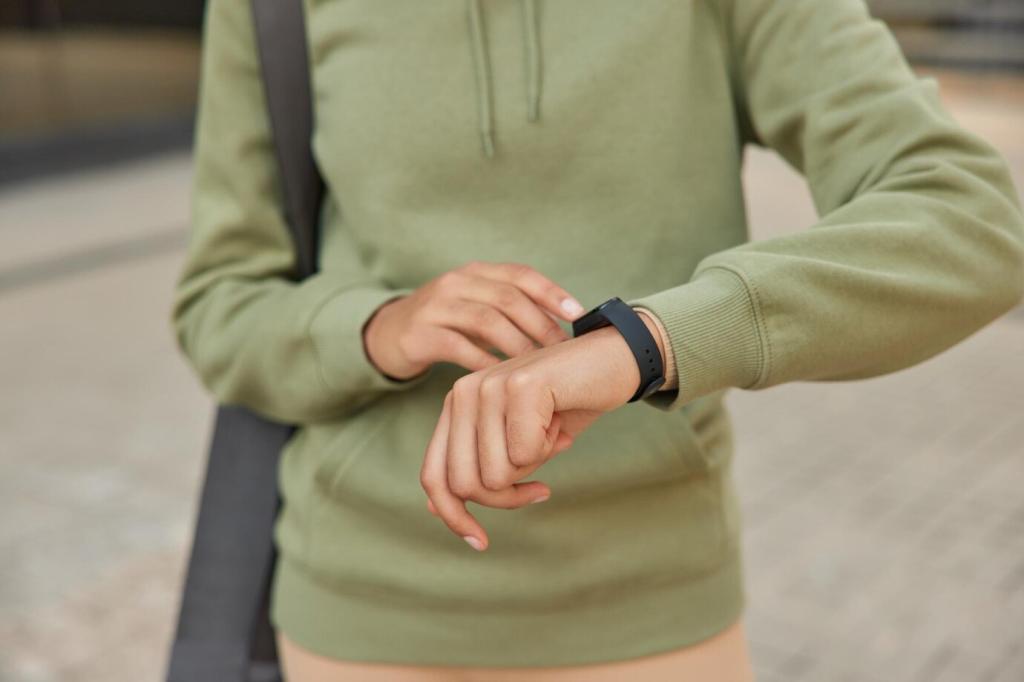
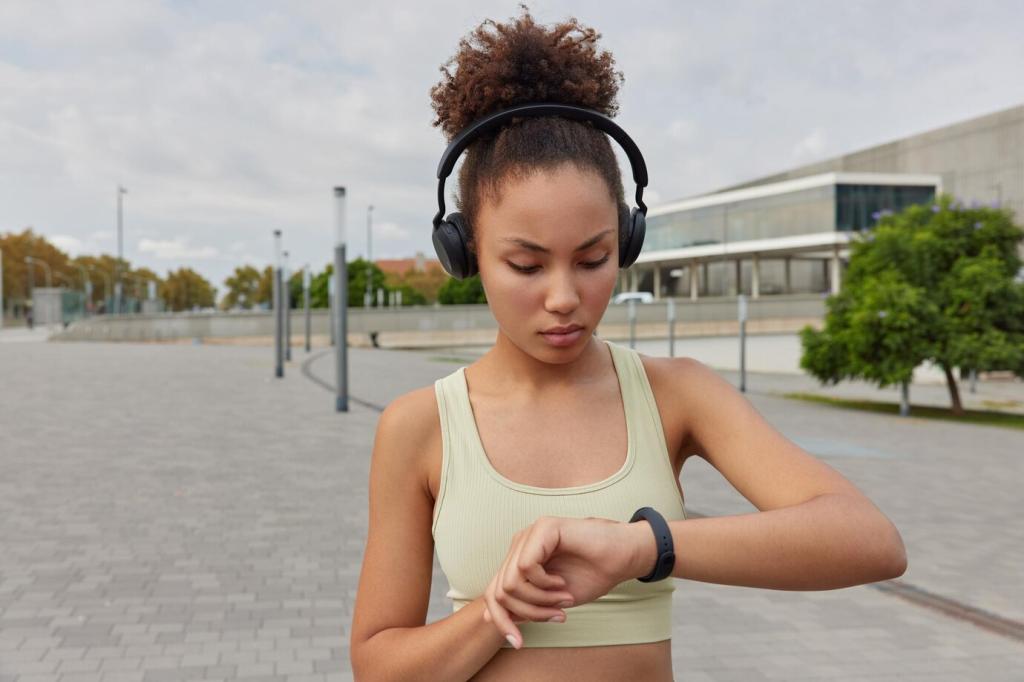
HRV, resting heart rate, and readiness
Higher HRV and lower resting heart rate often signal recovery, but context rules. A stressful day can skew both. Watch weekly trends, not isolated blips. If fatigue rises, schedule lighter evenings and earlier wind‑down. Share your readiness wins and misses so we can dissect what really moved the needle.
Temperature and SpO2: silent signals
Skin temperature trends can hint at illness, cycle phases, or late meals. SpO2 drops may flag possible breathing irregularities during sleep. Treat these as prompts to observe, not diagnoses. If something seems off, consult a professional. Meanwhile, log conditions and see which environment tweaks steady your nightly lines.
Regularity beats perfection
A regular schedule often improves quality more than chasing exact stage percentages. Track bedtime and wake variance, then aim to tighten the range. Celebrate small reductions in drift over weeks. Tell us your regularity target, and we will suggest practical anchors that survive busy seasons and weekend temptations.

This is the heading
Lorem ipsum dolor sit amet, consectetur adipiscing elit. Ut elit tellus, luctus nec ullamcorper mattis, pulvinar dapibus leo.

This is the heading
Lorem ipsum dolor sit amet, consectetur adipiscing elit. Ut elit tellus, luctus nec ullamcorper mattis, pulvinar dapibus leo.
